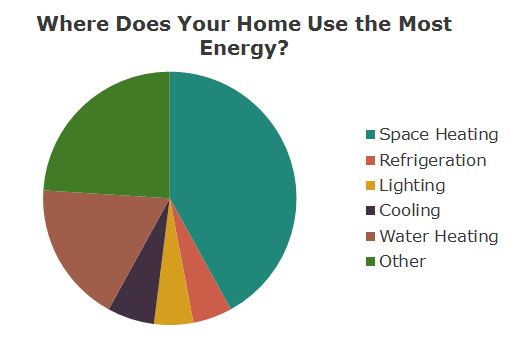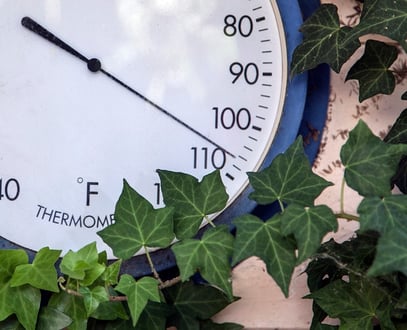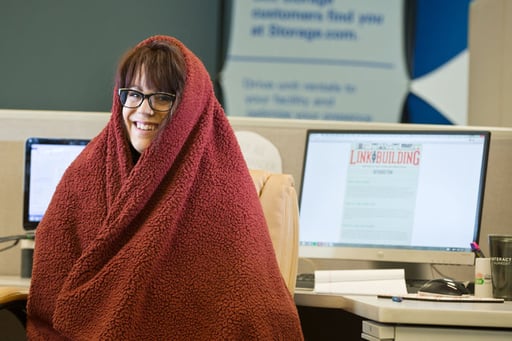Want to know where your home uses the most energy? Check out this article from NextStepLiving.com. Find out which appliances use the most energy along with some energy saving tips!
As we head into back-to-school season, it might be time for homeowners to test themselves on energy smarts, too. Inefficient energy habits can lead to bigger bills. So where are you losing the most money? We can take a guess.
To break it down, look at this chart adapted from the Department of Energy:

Your heating and cooling costs likely add up to nearly half of your energy bill. Upgrading your HVAC system, getting a no- or low-cost home energy assessmentand checking for adequate insulation and air sealing will have the biggest impact on your bills, but other smaller changes will help, too. Here are a few to get started:
- Move your thermostat. By now you know that using a programmable thermostat correctly can save you up to 15% on your overall energy bills. But the location of your thermostat matters just as much as the temperature you set. If your thermostat is in a drafty or colder part of your house, adjust your thermostat to be slightly lower in the wintertime so the rest of your home doesn’t overheat. This can happen especially if your thermostat is near ducts, registers or outside doors.
- Mind the gaps. Your advisor will check your doors and windows for more obvious signs of air leakage during a home energy assessment, including all the unfinished space in your home. But you should be on the lookout for smaller holes in finished spaces, such as your electrical outlets, loose light fixtures or smoke detectors and around window trim and baseboards all which can let air escape.
- Don’t leave the lint. Your mom probably yelled at you for this when you were younger, but it’s a necessary step to clean out the lint from your dryer filters in between uses. It’ll keep your dryer running efficiently. (Or, save even more energy and dry your clothes outside!)
- Remember to keep a good cooking seal. While you’re prepping your favorite fall comfort foods, opt for tight-fitting covers on your pots and pans. You’ll cook your food faster and save energy at the same time.
- Turn things off. Your lights, your appliances, your TV (remember to really unplug your phantom loads such as your television set or computers), your AC, the faucet while you’re brushing your teeth … when in doubt, turn it off. Even better: Use a smart power strip to control your electricity use.
Thinking of upgrading your heating system? Don't forget to check out our high efficiency products!
(Original article & chart: http://www.nextstepliving.com/blog/5-small-energy-saving-hacks)



